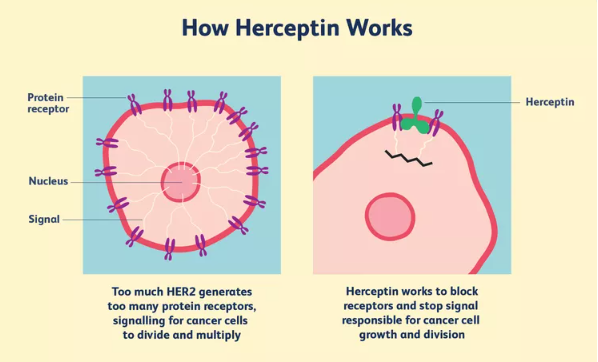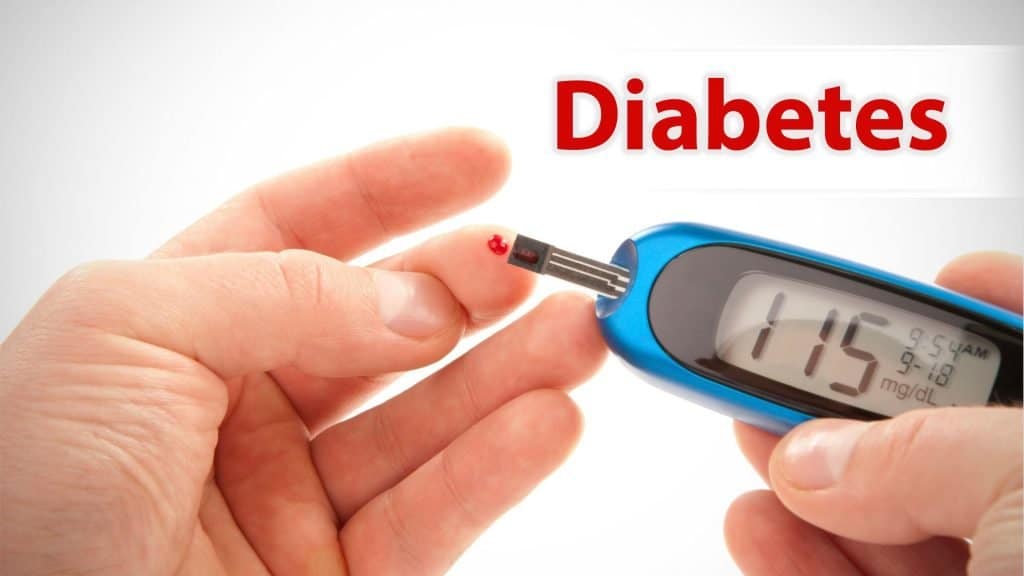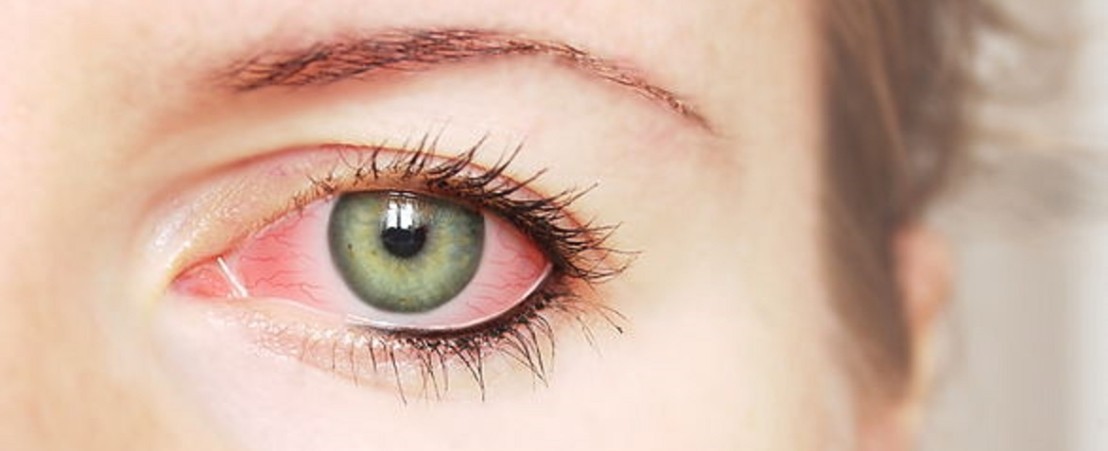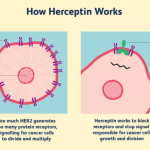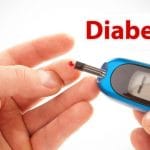Nursing Review on Coronavirus COVID-19 Introduction
Coronaviruses (CoV) are a family of viruses that cause sicknesses like the common cold, as well as more severe diseases, such as Middle East Respiratory Syndrome and Severe Acute Respiratory Syndrome. A novel coronavirus (nCoV) is a new strain – one that hasn’t previously been recognized in human
Coronaviruses originate from infected animals and can be passed from animals to humans, which will then spread human to human. When this occurs it is termed a zoonotic spillover event. MERS started in Saudi Arabia and originated from camels.

While SARS started in China and originated from civet cats. COVID-19 started in Wuhan, China and the origin is currently unknown. COVID-19 symptoms include: fever, cough, shortness of breath, fatigue, sore throat etc. To be diagnosed with COVID-19 a real-time PCR test must be used. This will assess and detect the genetic material of the COVID-19 virus (SARS-CoV-2).
Nursing Review on Coronavirus COVID-19 with symptoms, prevention and tretments
How does COVID 19 Affect Body ?
The virus is fitted with protein spikes sticking out of the envelope that forms the surface and houses a core of genetic material. Any virus that enters your body looks for cells with compatible receptors – ones that allow it to invade the cell. Once they find the right cell, they enter and use the cell’s replication machinery to create copies of themselves. It is likely that COVID-19 uses the same receptor as SARS – found in both lungs and small intestines.
It is thought that CoVID-19 shares many similarities with SARS, which has three phases of attack: viral replication, hyper-reactivity of the immune system, and finally pulmonary destruction. Early on in infection, the coronavirus invades two types of cells in the lungs – mucus and cilia cells. Mucus keeps your lungs from drying out and protects them from pathogens. Cilia beat the mucus towards the exterior of your body, clearing debris – including viruses! – out of your lungs. Cilia cells were the preferred hosts of SARS-CoV, and are likely the preferred hosts of the new coronavirus. When these cells die, they slough off into your airways, filling them with debris and fluid. Symptoms include a fever, cough, and breathing difficulties. Many of those infected get pneumonia in both their lungs. Enter the immune system.
Immune cells recognize the virus and flood into the lungs. The lung tissue becomes inflamed. During normal immune function, the inflammatory process is highly regulated and is confined to infected areas. However, sometimes the immune system overreacts, and this results in damage to healthy tissue. More cells die and slough off into the lungs, further clogging them and worsening the pneumonia.
As damage to the lungs increases, stage three begins, potentially resulting in respiratory failure. Patients that reach this stage of infection can incur permanent lung damage or even die. We see the same lesions in the lungs of those infected by the novel coronavirus as those with SARS. SARS creates holes in the lungs, so they look honeycomb-like. This is probably due to the aforementioned over-reactive immune response, which affects tissue both infected and healthy and creates scars that stiffen the lungs.
As such, some patients may require ventilators to aid breathing. The inflammation also results in more permeable alveoli. This is the location of the thin interface of gas exchange, where your lungs replace carbon dioxide in your blood with fresh oxygen you just inhaled. Increased permeability causes fluid to leak into the lungs. This decreases the lungs’ ability to oxygenate blood, and in severe cases, floods them so that you become unable to breathe. Sometimes, this can be fatal. The immune system’s over-reaction can also cause another kind of damage.
Proteins called cytokines are the immune system’s alarm system, recruiting immune cells to the infection site. Over-production of cytokines can result in a cytokine storm, where there is large-scale inflammation in the body. Blood vessels become more permeable and fluid seeps out. This makes it difficult for blood and oxygen to reach the rest of the body and can result in multi-organ failure.This has happened in the most severe cases of CoVid-19.
Although there are no specific treatments for coronaviruses, symptoms can be treated through supportive care. Also, vaccines are currently in development.
What can you do to protect yourself from CoVid-19?
Handbook of COVID-19 Prevention and Treatment Free download
Basic protocol comes down to regular hand washing, avoiding close contact with anyone coughing or sneezing, avoiding unnecessary contact with animals, washing hands after contact with animals, thoroughly cooking meat and eggs prior to consumption, and covering your mouth and nose while coughing or sneezing. Respiratory viruses are typically transmitted via droplets in sneezes or coughs of those infected, so preventing their travel stops the spread of disease.
